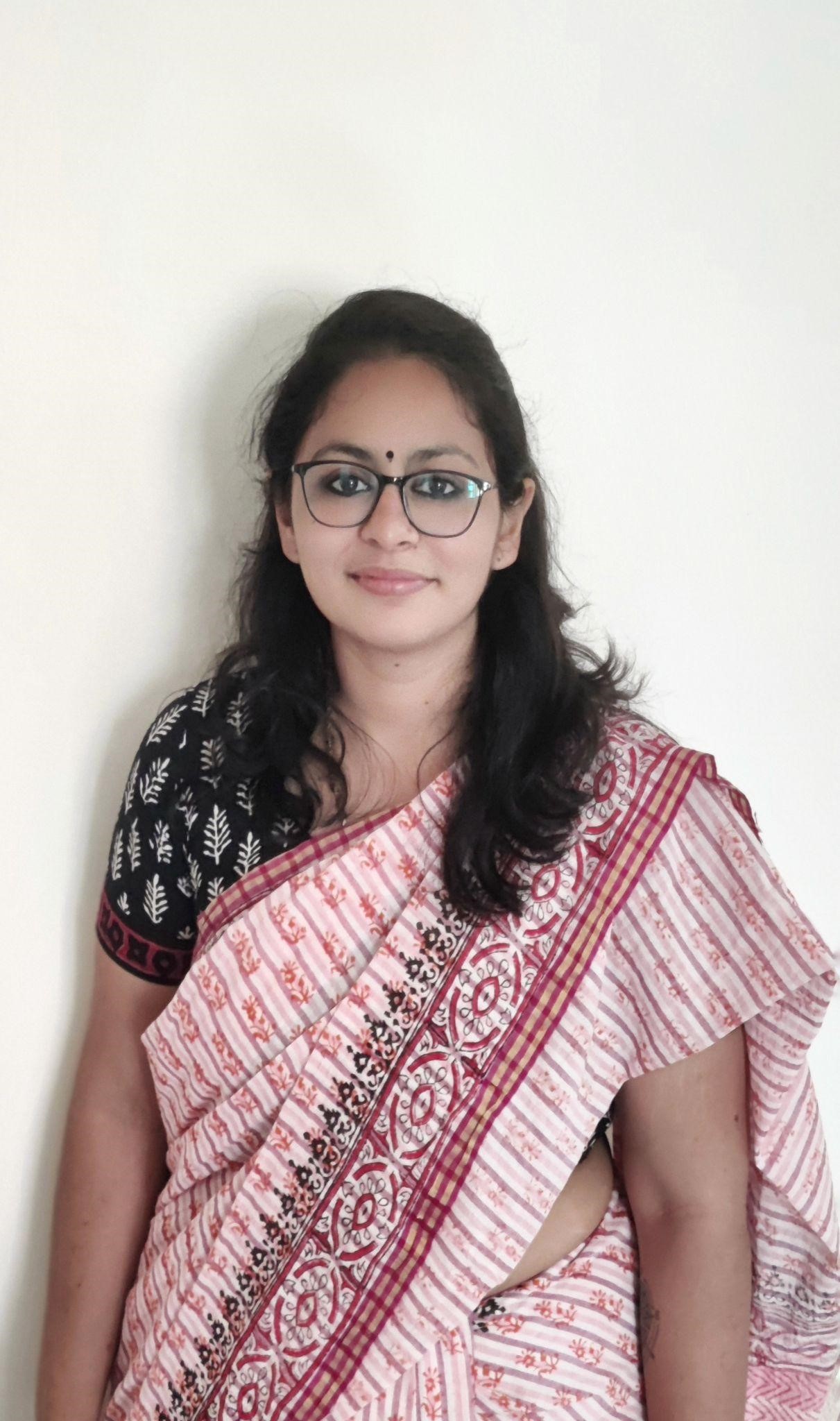
Puranas: Vedic Principles Unveiled
Explore the ancient wisdom of the Puranas, foundational texts of Indian tradition alongside the Vedas and Itihasas. This INDICA Course connects Pauranic and Vedic principles, delving into the four Purusharthas—Dharma, Artha, Kama, and Moksha—and their role in the Dharmic lifestyle. Through the Bhagavata Mahapurana, you will uncover topics such as cosmology, genealogy, legends, and philosophy, demonstrating the Puranas’ depth beyond mere myths.
Faculty
3 September 2024 - 7 January 2025
6:00 PM-7:00 PM IST
Every Tuesday
Introduction
The Puranas, along with the Vedas and Itihasas, form the massive bedrock of religious literature in ancient Indian tradition. Just as people have followed the ordinances explained in the Vedas, they have also embraced the four axiomatic Purusharthas—Dharma, Artha, Kama, and Moksha. These Purusharthas, translated as ethical action, material satisfaction, emotional fulfillment, and realization of one’s Atma, are integral to the Dharmic lifestyle as explained in the Puranas.
The Chandogya Upanishad categorizes the Itihasas and Puranas as the fifth Veda. Similarly, the Taittiriya Aranyaka, while explaining the five varieties of ‘Mahayagya,’ includes Brahman granth, Purana, and Itihasa under the category of ‘Brahmyagya’ for perceiving true knowledge.
Western thought often approaches myth and legend without any conventional historical basis, applying the same judgment to the Itihasas and Puranas. Despite evidence within the Vedas themselves, modern thinkers frequently regard the Puranas as mere mythological narrations. Therefore, it is essential to understand the authenticity of the Puranas, equating them with the Vedas. They should be seen as extensions of Vedic philosophical concepts rather than mere myths or folktales.
Consequently, the meanings given by the Vedic mantras are expanded and nourished through the Puranas. Just as ‘Mimansa’ is used to resolve problems in understanding the Vedas, the Puranas also dispel doubts regarding Vedic doctrines and their implementation. The Bhagavata Mahapurana, the most popular and widely read among the 18 Puranas, discusses a wide range of topics, including cosmology, genealogy, legends, philosophy, and narratives that elucidate Vedic principles.
The subjects of the Puranas are divided into two categories based on the number of chapters: those with five chapters are called ‘Upa-Puranas,’ and those with ten synecdoche are known as ‘Maha-Puranas.’ The Upa-Puranas comprise five sections: Sarga (creation), Visarga (secondary creation), Vamsha (genealogy), Manvantara (the reign of Manus), and Vamshanucharita (accounts of dynasties). In the Srimad Bhagavatam, there are ten divisions of subject matter: Sarga, Visarga, Sthana (position), Poshan (protection), Uti (motivation), Manvantara, Ishanukatha (stories of the Lord), Nirodha (cessation), Mukti (liberation), and Ashraya (ultimate shelter). To isolate the transcendence of the summum bonum, the symptoms of the rest are described sometimes by Vedic inference, sometimes by direct explanation, and sometimes by summary explanations given by the sages.
Course Objectives
- To challenge the notion of Puranas as mere narratives and folklores by associating them with Vedic principles.
- To understand the structure and themes of the Puranas.
- To explore the applicability of Pauranic Dharma in conjunction with Vedic Dharma.
- To comprehend the Puranas beyond their narrative aspects.
- To recognize the philosophy of the Puranas as an elucidation of Aupanishadic philosophy.
- To compare the ritualism propagated in the Puranas with that of the Vedas.
- To delve into the various commentaries of revered Acharyas on the Bhagavata Mahapurana as the primary model of Pauranic Dharma.
- To consider the Puranas beyond their mythological context.
Course Syllabus
- The Importance of Pauranic Dharma
- The Structure of the Puranas
- Association of Pauranic Principles with Vedic Principles
- Acceptability of Puranas as Narratives of Principles
- Bhagavata Mahapurana as the Model for Studying Puranas
- In-depth Examination of Bhagavata Purana as the Core of Vedic Principles
- Exploring Major Commentaries on Bhagavata Mahapurana
Course Features
- Live Interactive Sessions: Participate in live lectures and discussions with ample opportunities for Q&A.
- Flexible Learning: Access class recordings and materials at your convenience for asynchronous learning.
- Certificate of Completion: Demonstrate your new knowledge with a certificate upon successfully completing the course.

